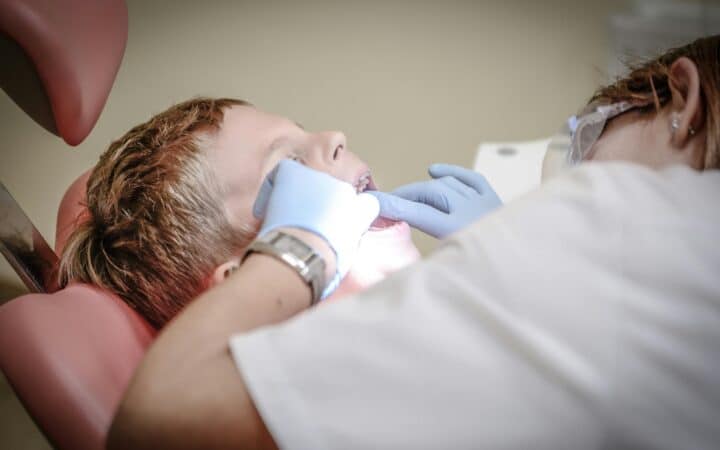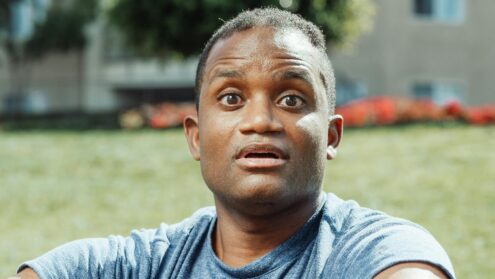Sports and physical education play a crucial role in the holistic development of children, contributing to their physical health as well as the development of social skills, teamwork, discipline, and resilience. And in a country like Singapore, sports and physical activities are integral elements of the school curriculum.
Students are encouraged to participate in various sporting events through school-based sports programmes, co-curricular activities, and community sports initiatives. These activities are part of the nation’s efforts to drive their young citizens’ love for sports and provide a well-rounded environment for children to stay active, build friendships, and develop healthy lifestyle habits.
However, with increased participation in sports comes the likelihood of minor injuries, which are a common part of physical activity among children. Most of these can be treated at home with basic first aid, but parents also need to recognise when an injury is more serious in nature and requires medical attention. Knowing the difference between minor sports injuries and serious ones will allow kids to receive proper treatment and prevent further long-term complications on their health as they grow older.

Here are some key signs that you should take your child to see a doctor right away for a sports injury:
1) Visible Deformity
A visible deformity at the site of an injury, such as a limb that looks bent, twisted, or out of place, is a clear sign of a severe injury. Deformities typically occur in cases of dislocations, fractures, or significant ligament damage.
For instance, if your child falls and their arm appears crooked or their knee is visibly out of alignment, these are clear signs that bones or joints are no longer in their correct positions. Attempting to treat such injuries at home can lead to further complications, including improper healing. As soon as you see a deformity, it’s best to seek immediate medical attention.
Fortunately, you can find hospitals and specialised clinics in Singapore that employ skilled orthopaedic doctors who can address dislocations or fractures promptly. They may advise you to use splints or casts for your child’s injury to immobilise the affected area and keep bones or joints in proper alignment.
In more severe cases, particularly for hand or finger injuries, a referral to a hand surgeon may be necessary to ensure the bones or joints heal correctly. Specialists for hand surgery in Singapore are well-versed in treating sports-related fractures or dislocations, all towards preventing long-term loss of mobility or function.
2) Persistent Pain After Rest
When your child experiences an injury after a sports activity, it’s normal to feel some pain at first. With rest, ice, compression, and elevation, most minor injuries should start to improve within 24 to 48 hours. However, if the pain persists after rest or if it worsens, it could indicate a more severe issue such as a muscle tear, ligament damage, or a fracture. Continuing normal activities without medical evaluation may also exacerbate the injury and get in the way of a smooth recovery.
The takeaway here is that parents and kids shouldn’t dismiss persistent pain. If your child continues to feel pain beyond the 48-hour mark, take them to a doctor and have imaging tests such as X-rays or MRIs done. From the results of these tests, your doctor can determine whether there’s an underlying issue that needs specialised care.
3) Swelling That Doesn’t Subside
Swelling is also a natural response to injury, as the body sends fluids to the injured area to protect it. In minor cases, this swelling should reduce within a day or two after rest, icing, and elevation. However, if the swelling doesn’t subside or starts to worsen, it could indicate more severe damage, like a ligament tear, bone fracture, or even internal bleeding. Get medical assistance for your child right away if the injured area becomes increasingly swollen, red, or painful to touch after 48 hours.
4) Inability to Bear Weight or Move the Injured Area
If your child is unable to bear weight on their injured leg or has difficulty moving their arm, it’s an indication of a potentially serious injury. For leg injuries, an inability to walk without limping could point to a fracture, torn ligament, or significant muscle damage. Similarly, if a child cannot raise their arm or rotate their shoulder, they may have torn a muscle, ligament, or tendon, like in the case of a rotator cuff injury.
Typically, after a day of rest and icing, your child should ideally be able to regain some of their mobility. If they still can’t bear weight or move the injured area without significant discomfort, you’ll want to consult a doctor at the soonest possible minute. A professional evaluation can help determine whether the injury is more serious than you initially thought and prepare your child for further treatment, like physical therapy.
5) Numbness, Tingling, or Loss of Sensation
Feeling numbness, tingling, or a loss of sensation in the injured area can be a sign of nerve damage, which is a serious concern. Nerves may become compressed or damaged due to swelling, fractures, or dislocations. If your child reports a “pins and needles” sensation or says that they can’t feel parts of the injured area, you should seek medical advice promptly. Otherwise, untreated nerve damage from the sports injury can lead to long-term issues, including loss of movement or permanent numbness.
6) Recurring Injuries in the Same Area
Lastly, if your child experiences recurring injuries in the same area, they may have an underlying weakness there or they may have experienced improper healing a previous time. Common recurring injuries for sports activities include ankle sprains, knee pain, or shoulder dislocations. When an area is injured multiple times, it can result in chronic problems if not treated properly.
That being said, parents and kids shouldn’t ignore these recurring injuries. The second time an injury acts up, it’s a good idea to visit a doctor. They can determine whether rehabilitation, physical therapy, or even surgical intervention is required to prevent even further damage.
Again, while minor injuries are part and parcel of childhood sports, parents need to know about the right time to seek medical attention. Watch out for the signs mentioned in this article, and bring your child to a doctor immediately if your child experiences any of these. Remember, too, that consulting a doctor early is your best bet against long-term complications and the best way to ensure your child’s safe return to their favourite sports.











Leave a Reply